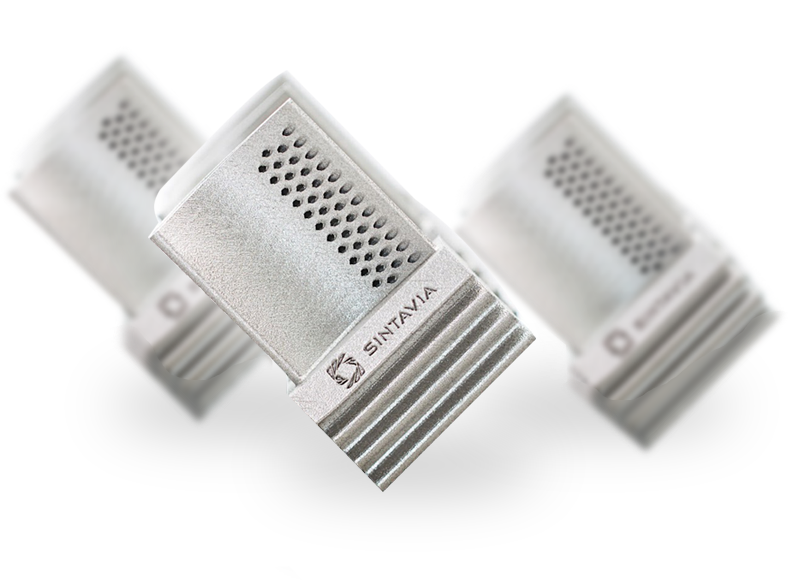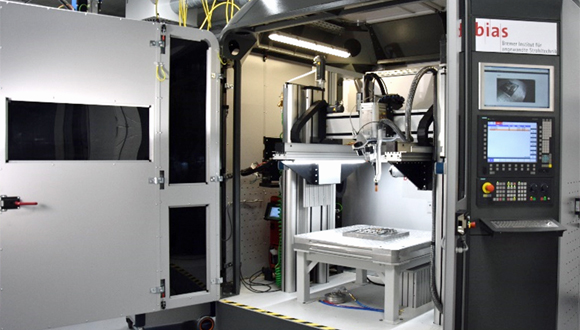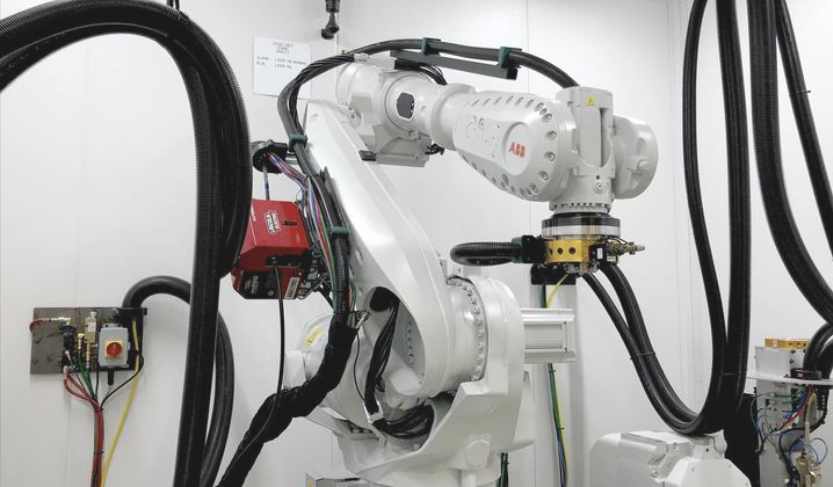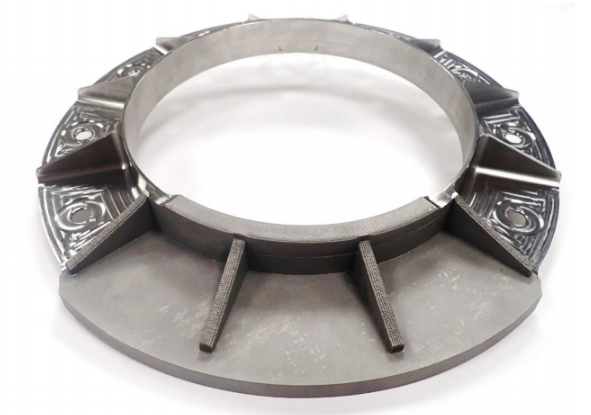3D Printing News Briefs, July 25, 2020: MakerBot, ANSYS, Sintavia, Nexa3D & Henkel
We’re all business in today’s 3D Printing News Briefs! MakerBot has a new distribution partner, and ANSYS is launching a new product. Sintavia has acquired an additional Arcam 3D printer from GE Additive. Finally, Nexa3D and Henkel are introducing a new material for 3D printing medical and athletic devices.
MakerBot Welcomes New Distribution Partner
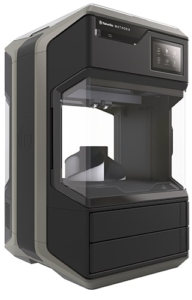 MakerBot announced that it has expanded its distributor network by entering into an agreement with the Distrinova division of the Unitum Group, which will distribute the MakerBot METHOD 3D print platform throughout Belgium, the Netherlands, and Luxembourg. This partnership will increase the availability of the entire platform, which offers industrial capabilities and engineering-grade materials, to more customers in the Benelux region who need professional, powerful 3D printing solutions. The METHOD platform consists of the METHOD and METHOD X printers, various accessories like an experimental extruder, METHOD Carbon Fiber editions, and materials like Nylon Carbon Fiber, ABS, ASA, SR-30, and PC-ABS FR, and Distrinova’s network of channel partners will distribute all of them, in addition to MakerBot’s educational 3D printing solutions.
MakerBot announced that it has expanded its distributor network by entering into an agreement with the Distrinova division of the Unitum Group, which will distribute the MakerBot METHOD 3D print platform throughout Belgium, the Netherlands, and Luxembourg. This partnership will increase the availability of the entire platform, which offers industrial capabilities and engineering-grade materials, to more customers in the Benelux region who need professional, powerful 3D printing solutions. The METHOD platform consists of the METHOD and METHOD X printers, various accessories like an experimental extruder, METHOD Carbon Fiber editions, and materials like Nylon Carbon Fiber, ABS, ASA, SR-30, and PC-ABS FR, and Distrinova’s network of channel partners will distribute all of them, in addition to MakerBot’s educational 3D printing solutions.
“We are very proud to introduce MakerBot and the METHOD technology into our product portfolio,” said Guy Van der Celen, CEO of Unitum Group BV. ” With the METHOD range we can provide our resellers network not only reliable, state-of-the-art 3D printers, but also the opportunity to offer their customers high value-added solutions for a broad range of new application areas. In addition, the introduction of MakerBot corresponds perfectly with Distrinovas’ strategy to develop strong partnerships with the leading innovative global manufacturers of 3D printers.”
ANSYS Event to Launch Discovery Product
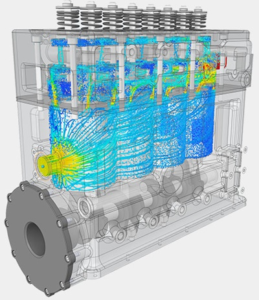 Engineering simulation software company ANSYS released its Discovery Live tool for real-time 3D simulation back in 2017, and will soon be introducing a brand new ANSYS Discovery product, kicking things off with a virtual launch event on July 29th. The company states that the product can help companies improve their product design processes, increase ROI, and provide answers to important design questions earlier, without having to wait for the results of a simulation.
Engineering simulation software company ANSYS released its Discovery Live tool for real-time 3D simulation back in 2017, and will soon be introducing a brand new ANSYS Discovery product, kicking things off with a virtual launch event on July 29th. The company states that the product can help companies improve their product design processes, increase ROI, and provide answers to important design questions earlier, without having to wait for the results of a simulation.
“This reimagining of the Discovery line of products aims to maximize ease of use, speed and accuracy across thermal, structural, fluids and multiphysics simulation all from within a single consistent user interface (UI),” Justin Hendrickson, Senior Director, Design Product Management, wrote in a blog post about the new ANSYS Discovery.
“Traditionally, simulation has been used during later stages of design when making corrections can be costly and time consuming. However, with the new Ansys Discovery, every engineer will be able to leverage simulation early during concept evaluation as well as during design refinement and optimization. This means that they will be able to optimize products and workflows faster and on a tighter budget.”
The launch event will feature a keynote address from Mark Hindsbo, Vice President and General Manager, Design Business Unit, a product demonstration by Hendrickson, two customer success stories, and several interactive breakout sessions, including one focusing on thermal simulation and another exploring the tool’s generative design capabilities. You can register for the event here.
Sintavia Acquires Second Arcam Q20+ 3D Printer
 Tier One metal additive manufacturer Sintavia announced that it has acquired a second Arcam Q20+ 3D metal printer from GE Additive, bringing its total number of electron beam printing systems to three and its overall number of industrial metal 3D printers to nineteen. This additional Arcam Q20+ will be installed next month in Sintavia’s Hollywood, Florida production facility, where the other Q20+ is located with an Arcam A2X, a Concept Laser M2, three SLM 280 systems, a Trumpf TruPrint 3000, and nine EOS 3D printers – six M400s and five M290s.
Tier One metal additive manufacturer Sintavia announced that it has acquired a second Arcam Q20+ 3D metal printer from GE Additive, bringing its total number of electron beam printing systems to three and its overall number of industrial metal 3D printers to nineteen. This additional Arcam Q20+ will be installed next month in Sintavia’s Hollywood, Florida production facility, where the other Q20+ is located with an Arcam A2X, a Concept Laser M2, three SLM 280 systems, a Trumpf TruPrint 3000, and nine EOS 3D printers – six M400s and five M290s.
“Over the past several years, we have worked to qualify the Q20+ for aerospace manufacturing and now have several aerostructure product lines that depend on this technology. Electron beam printing is an excellent option for complex titanium aerospace components, and this business line will continue to grow for us. Even in a difficult overall manufacturing environment, the demand we have seen for EB-built components is very encouraging,” stated Sintavia CEO Brian R. Neff.
Nexa3D and Henkel Commercializing New Material Together
Together, SLA production 3D printer manufacturer Nexa3D and functional additive materials supplier Henkel are commercializing the polypropylene-like xMED412, a durable, high-impact material that can be used to print biocompatible medical and wearable devices. Henkel is the one manufacturing the medical-grade material, which is based on its own Loctite MED412 and was designed to offer high functionality and consistent part performance—perfect for printing products like athletic and diving mouth gear, respirators, orthotic guides and braces, and personalized audio projects. The lightweight yet sturdy xMED412 material, which can withstand vibration, moisture, and impact, has been tested by Henkel Adhesive Technologies on the NXE400 3D printer, and is now also cleared to print nasal swabs.
“We are thrilled to bring this product to market in collaboration with Nexa3D. We developed and tested with Nexa3D’s NXE400 3D printer a multitude of approved workflows designed to unleash the full potential of xMED412’s outstanding physical properties and biocompatibility,” said Ken Kisner, Henkel’s Head of Innovation for 3D printing. “Nexa3D and Henkel have provided a digital manufacturing solution for a growing number of medical devices, athletic wearables and personalized audio products. Especially with regard to the current Covid-19 pandemic, we are pleased that nasopharyngeal swabs manufactured with xMED412 on the NXE400, in accordance with our published procedures, have already been cleared through clinical trials and are in compliance with ISO 10993 testing and FDA Class I Exempt classification.”
The post 3D Printing News Briefs, July 25, 2020: MakerBot, ANSYS, Sintavia, Nexa3D & Henkel appeared first on 3DPrint.com | The Voice of 3D Printing / Additive Manufacturing.
Additive Manufacturer Green Trade Association commissions first research project
3D printing industry news sliced: Sintavia, Sandvik, Xaar, Amaero, 3Diligent, Shining 3D, DP Technology and more
3D printing news Sliced: Modix, CRP Technology, OpenAdditive, Florida Makes, Polymaker
3D Printing Industry jobs, career moves & facility openings update: DyeMansion, PostProcess Technologies, Massivit 3D, ExOne, iGo3D, Sintavia, Voxeljet
Champion racing driver Brad Keselowski founds new hybrid 3D printing manufacturing company
Top 10 3D Printing Aerospace Stories from 2018
3D printing has played an important role in many industries over the past year, such as medical, education, and aerospace. It would take a very long time to list all of the amazing news in aerospace 3D printing in 2018, which is why we’ve chosen our top 10 stories for you about 3D printing in the aerospace industry and put them all in a single article.
Sintavia Received Approval to 3D Print Production Parts for Honeywell Aerospace
Tier One metal 3D printer manufacturer Sintavia LLC, headquartered in Florida, announced in January that it is the first company to receive internal approval to 3D print flightworthy production parts, using a powder bed fusion process, for OEM Honeywell Aerospace. Sintavia’s exciting approval covers all of Honeywell’s programs.
Boeing and Oerlikon Developing Standard Processes
Boeing, the world’s largest aerospace company, signed a five-year collaboration agreement with Swiss technology and engineering group Oerlikon to develop standard processes and materials for metal 3D printing. Together, the two companies will use the data resulting from their agreement to support the creation of standard titanium 3D printing processes, in addition to the qualification of AM suppliers that will produce metallic components through a variety of different materials and machines. Their research will focus first on industrializing titanium powder bed fusion, as well as making sure that any parts made with the process will meet the necessary flight requirements of both the FAA and the Department of Defense.
FITNIK Launched Operations in Russia
In 2017, FIT AG, a German provider of rapid prototyping and additive design and manufacturing (ADM) services, began working with Russian research and engineering company NIK Ltd. to open up the country’s market for aerospace additive manufacturing. FIT and NIK started a new joint venture company, dubbed FITNIK, which combines the best of what both companies offer. In the winter of 2018, FITNIK finally launched its operations in the strategic location of Zhukovsky, which is an important aircraft R&D center.
New Polymer 3D Printing Standards for Aerospace Industry
The National Institute for Aviation Research (NIAR) at Wichita State University (WSU), which is the country’s largest university aviation R&D institution, announced that it would be helping to create new technical standard documents for polymer 3D printing in the aerospace industry, together with the Polymer Additive Manufacturing (AMS AM-P) Subcommittee of global engineering organization SAE International. These new technical standard documents are supporting the industry’s interest in qualifying 3D printed polymer parts, as well as providing quality assurance provisions and technical requirements for the material feedstock characterization and FDM process that will be used to 3D print high-quality aerospace parts with Stratasys ULTEM 9085 and ULTEM 1010.
Premium AEROTEC Acquired APWORKS
Metal 3D printing expert and Airbus subsidiary APWORKS announced in April that it had been acquired as a subsidiary by aerostructures supplier Premium AEROTEC. Premium AEROTEC will be the sole shareholder, with APWORKS maintaining its own market presence as an independent company. Combining the two companies gave clients access to 11 production units and a wide variety of materials.
Gefertec’s Wire-Feed 3D Printing Developed for Aerospace
Gefertec, which uses wire as the feedstock for its patented 3DMP technology, worked with the Bremer Institut für Angewandte Strahltechnik GmbH (BIAS) to qualify its wire-feed 3D printing method to produce large structural aerospace components. The research took place as part of collaborative project REGIS, which includes several different partners from the aerospace industry, other research institutions, and machine manufacturers. Germany’s Federal Ministry for Economic Affairs and Energy funded the project, which investigated the influence of shielding gas content and heat input on the mechanical properties of titanium and aluminium components.
Research Into Embedded QR Codes for Aerospace 3D Printing
It’s been predicted that by 2021, 75% of new commercial and military aircraft will contain 3D printed parts, so it’s vitally important to find a way to ensure that 3D printed components are genuine, and not counterfeit. A group of researchers from the NYU Tandon School of Engineering came up with a way to protect part integrity by converting QR codes, bar codes, and other passive tags into 3D features that are hidden inside 3D printed objects. The researchers explained in a paper how they were able to embed the codes in a way that they would neither compromise the integrity of the 3D printed object or be obvious to any counterfeiters attempting to reverse engineer the part.
Lockheed Martin Received Contract for Developing Aerospace 3D Printing
Aerospace company Lockheed Martin, the world’s largest defense contractor, was granted a $5.8 million contract with the Office of Naval Research to help further develop 3D printing for the aerospace industry. Together, the two will investigate the use of artificial intelligence in training robots to independently oversee the 3D printing of complex aerospace components.
BeAM And PFW Aerospace Qualified 3D Printed Aerospace Component
BeAM, well-known for its Directed Energy Deposition (DED) technology, announced a new partnership with German company PFW Aerospace, which supplies systems and components for all civilian Airbus models and the Boeing 737 Dreamliner. Together, the two worked to qualify a 3D printed aerospace component, made out of the Ti6Al4V alloy, for a large civil passenger aircraft, in addition to industrializing BeAM’s DED process to manufacture series components and testing the applicability of the method to machined titanium components and complex welding designs.
Researchers Qualified 3D Printed Aerospace Brackets
Speaking of parts qualification, a team of researchers completed a feasibility study of the Thermoelastic Stress Analysis (TSA) on a titanium alloy space bracket made with Electron Beam Melting (EBM) 3D printing, in order to ensure that its mechanical behavior and other qualities were acceptable. The researchers developed a methodology, which was implemented on a titanium based-alloy satellite bracket.
Discuss these stories and other 3D printing topics at 3DPrintBoard.com or share your thoughts below.


